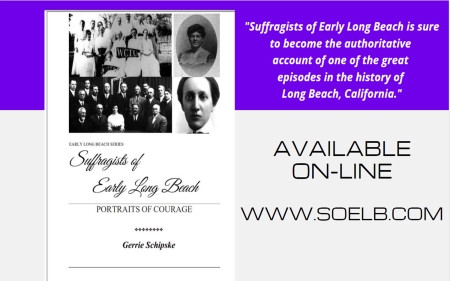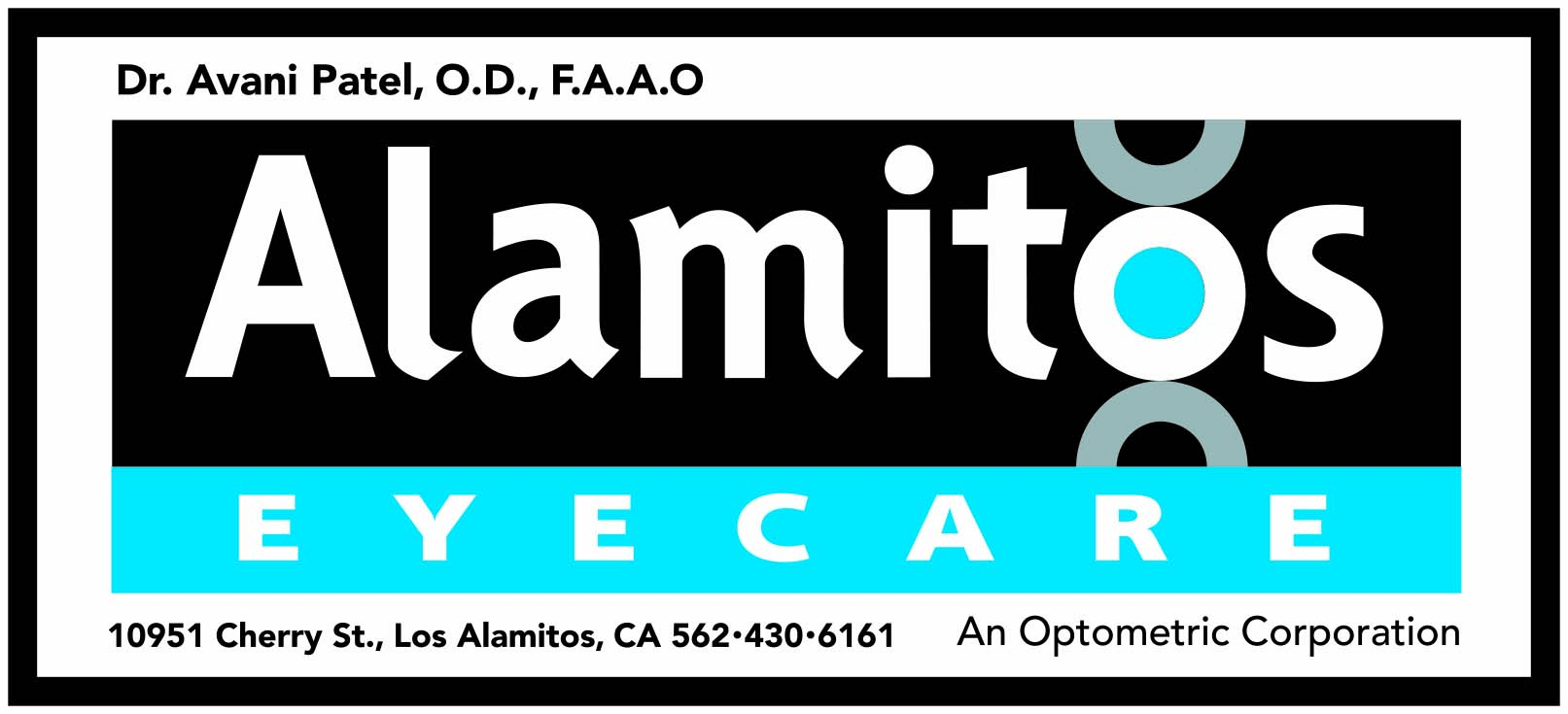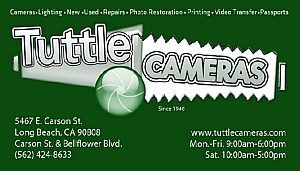TechShot text] A June 14, 2016 test of the consortiumís prototype resulted in the first successful printing of cardiac and vascular structures in zero gravity with adult human stem cells. The experiment was performed 30,000 feet over the Gulf of Mexico aboard a Zero Gravity Corporation aircraft capable of repeatedly producing several seconds of sustained microgravity.
Led by longtime NASA contractor Techshot Inc. along with nScrypt Inc., a manufacturer of industrial 3D bioprinters, the effort could result in the ability to manufacture transplantable organs in space for patients on earth, and help enable long-duration human exploration of deep space.
"The hardware worked flawlessly," said Techshot Executive Vice President and COO John Vellinger, who was aboard the aircraft and helped operate the printer in weightlessness. "We're eager to take the technology to the next level."
Data from the flight will be used to design and construct a smaller and more robust bioprinter, which Vellinger hopes to see launched and operated autonomously aboard a commercial Blue Origin suborbital space capsule next January. A version designed for the International Space Station (ISS), capable of printing thicker, more complex tissues is expected to follow in 2018.
An important key to creating viable tissue in space is the ability to precisely place and buildup very fine layers of bioink. With the capability to print layers several times smaller than a human hair, professional-grade 3D bioprinters and 3D electronics printers from nScrypt feature the finest print tips available...
Besides biological structures, the prototype device also printed electrically conductive and dielectric (insulative) material during the June 14 airborne test. Organs and tissues printed later aboard the ISS will include built in pacing wires and biosensors. A beating human heart patch is expected to be the first tissue attempted aboard the station.
"On earth, 3D bioprinting requires the use of thick bioinks that can contain chemicals and other materials necessary to provide structural support," said Techshot Chief Scientist Eugene Boland, Ph.D., who also was aboard the flight. "But printing tissues in space allows us to use finer print tips and lower viscosity bioinks that contain only the biological materials needed to create a healthy organ. A space-based bioprinter has the potential to be a major game changer for human healthcare."
![]()













